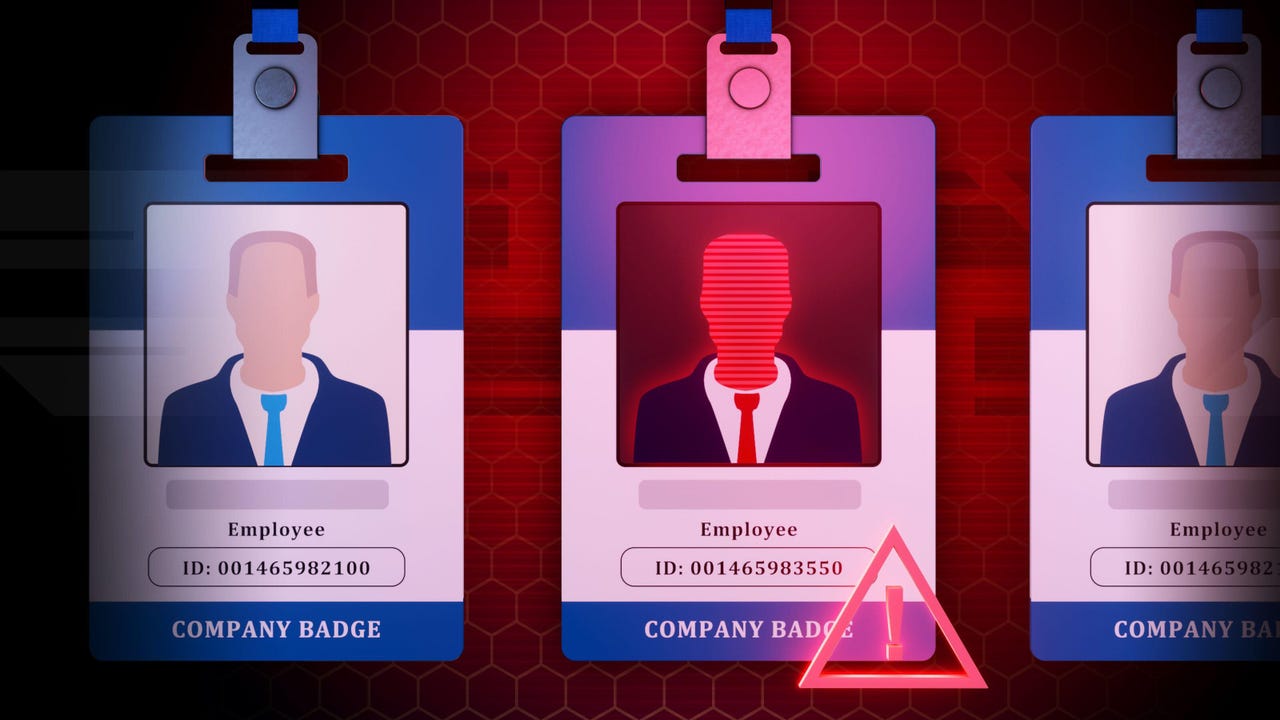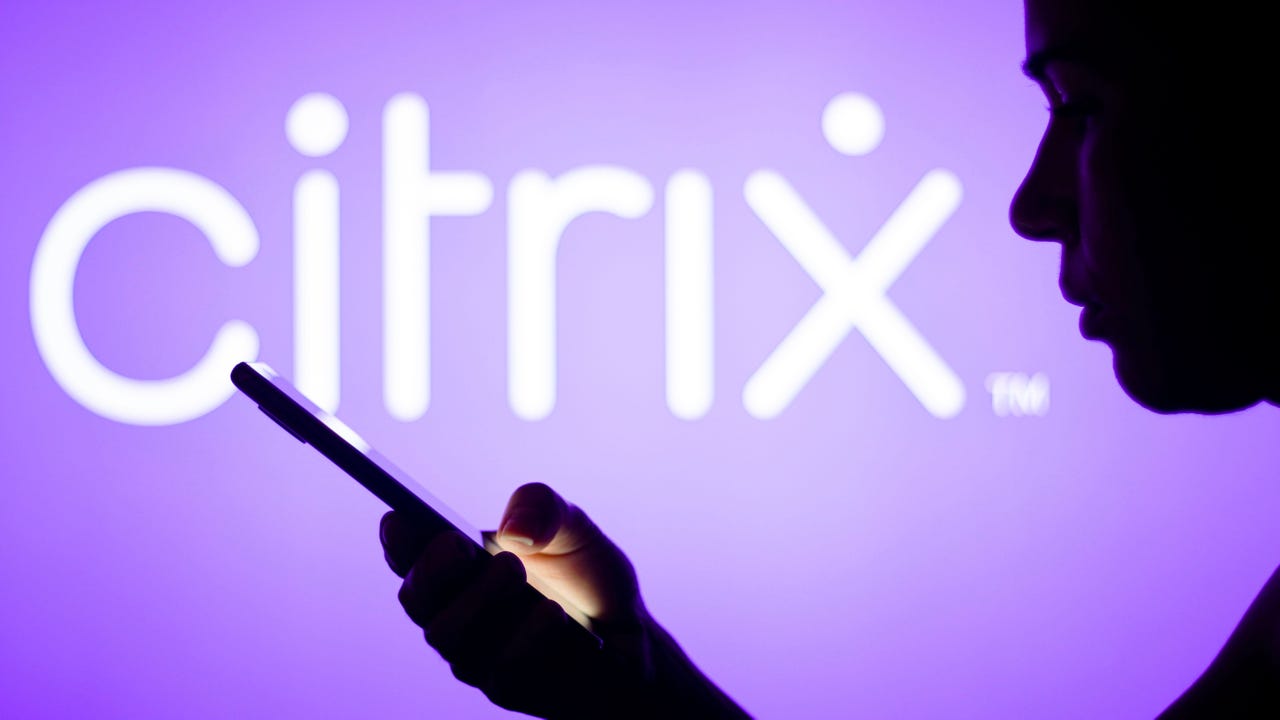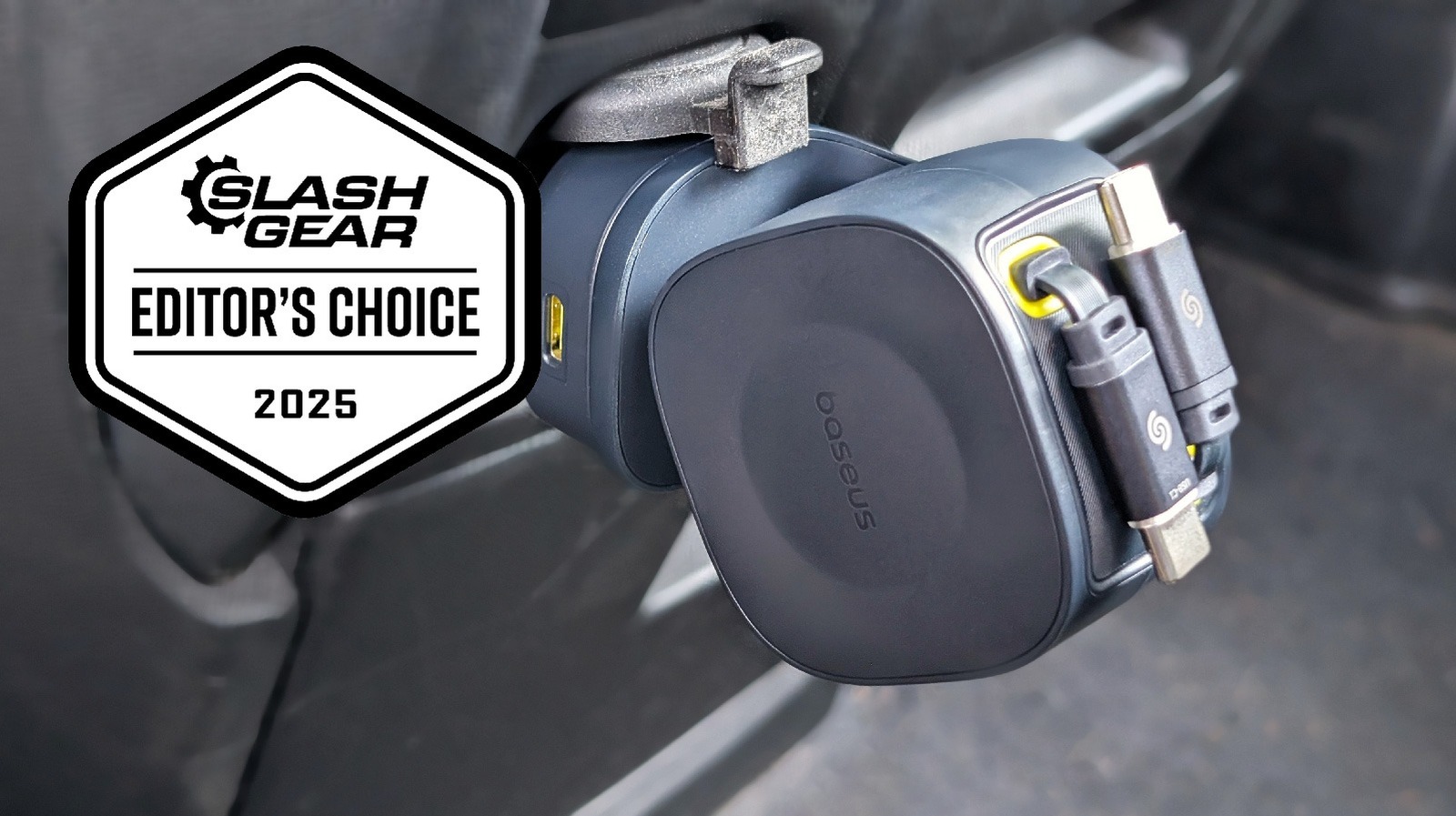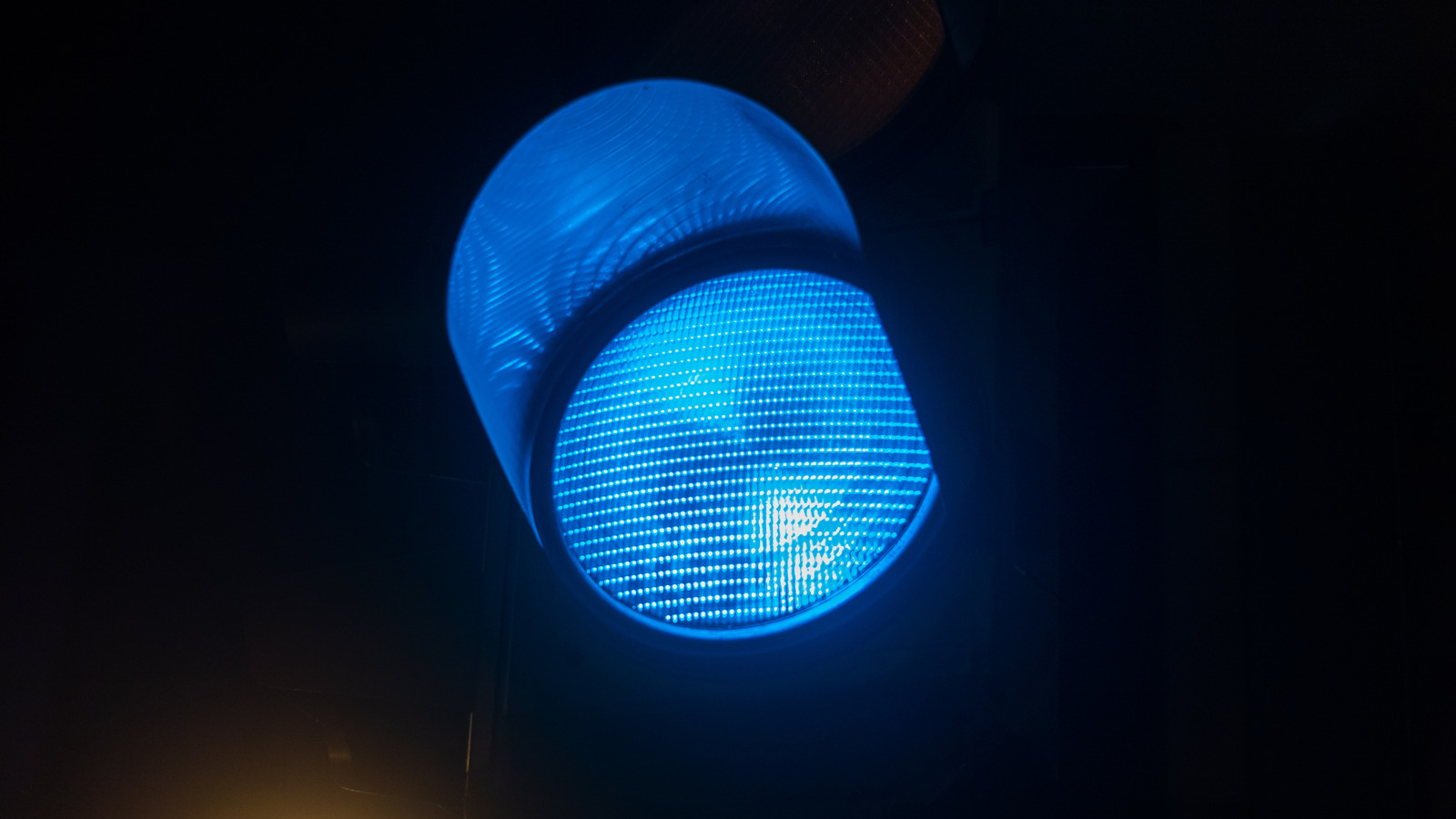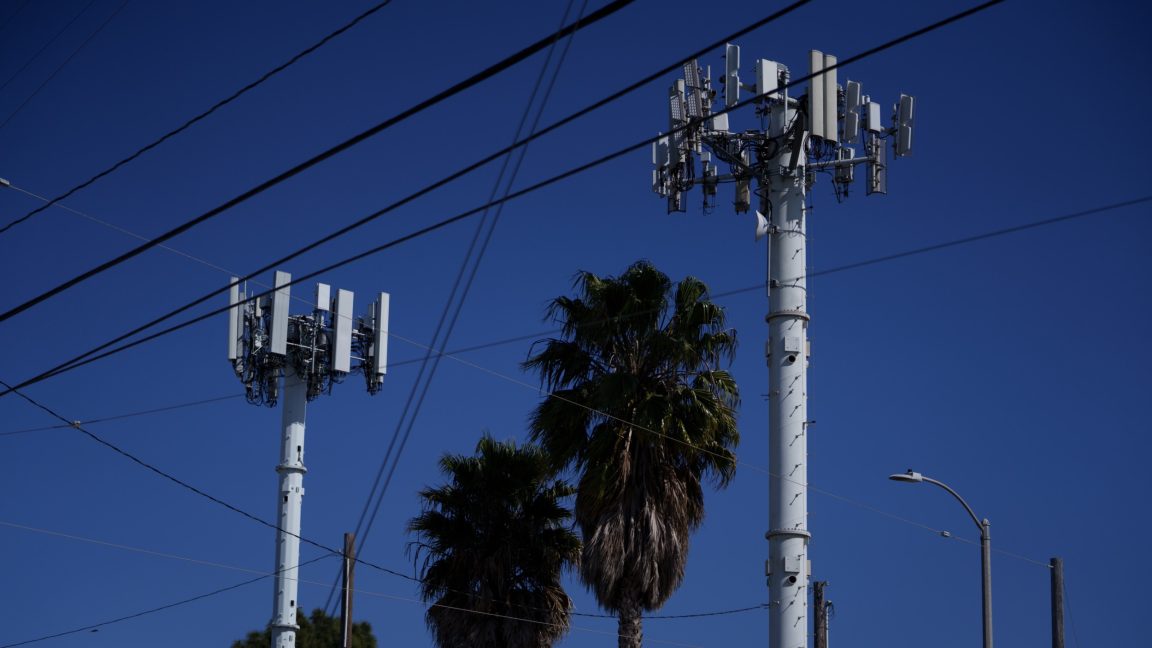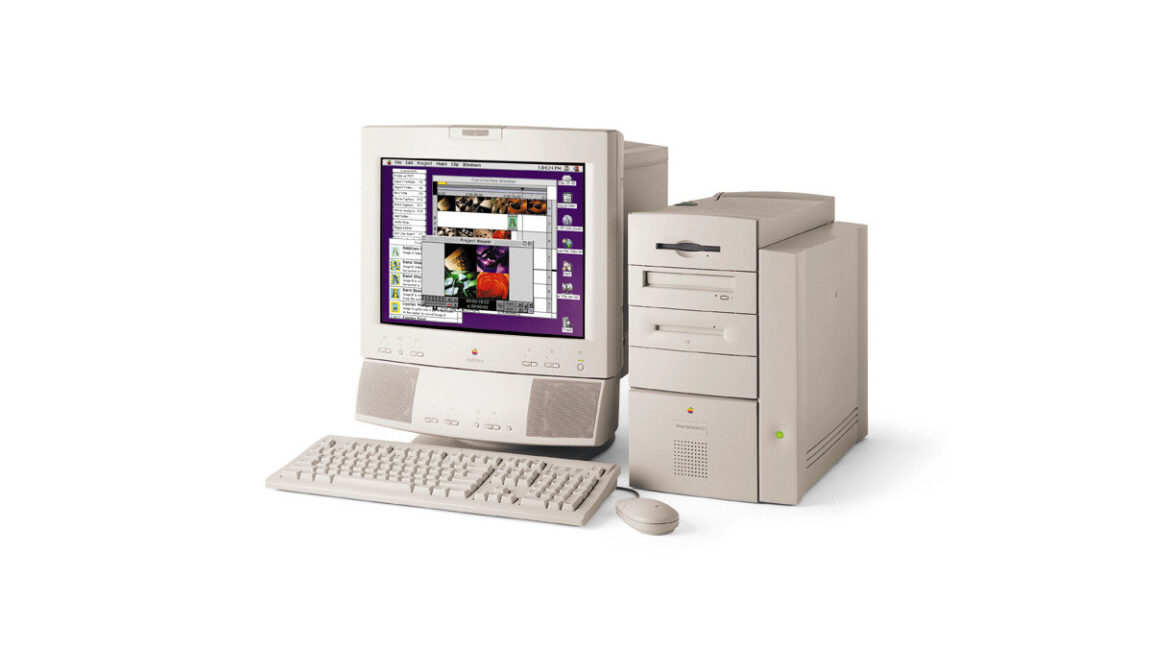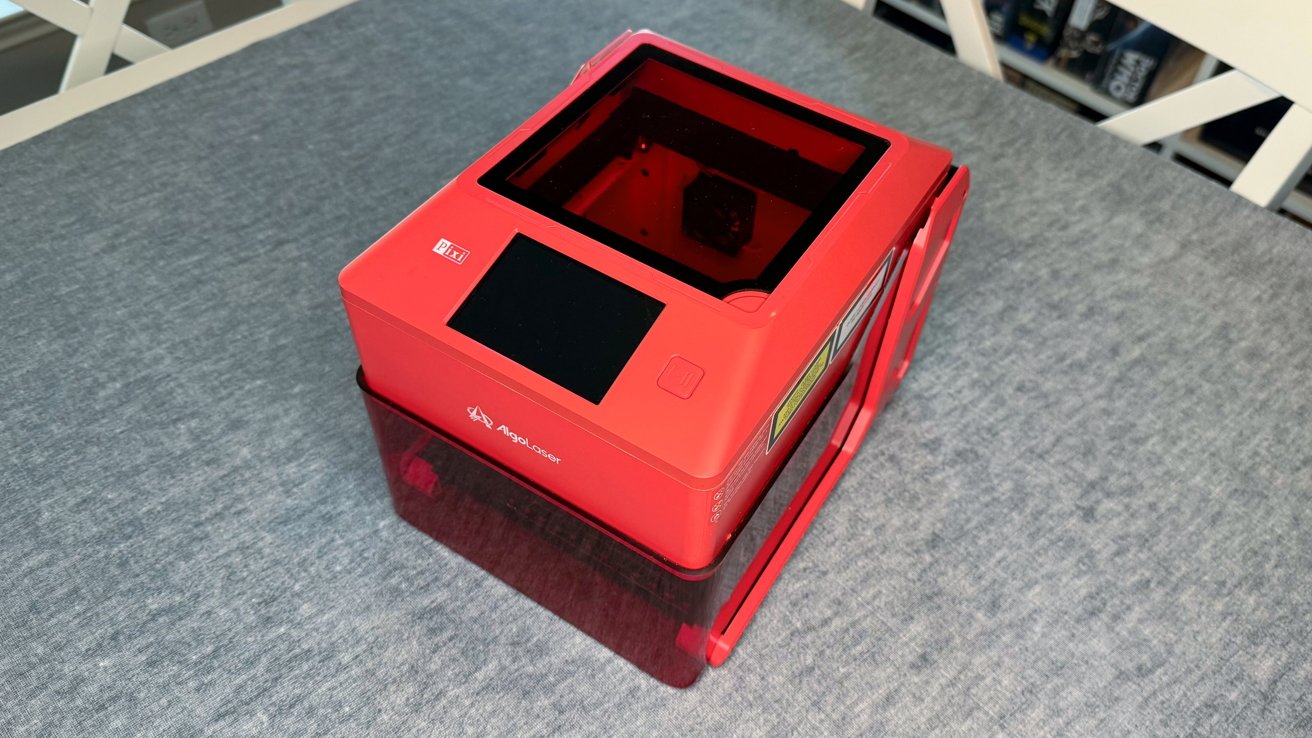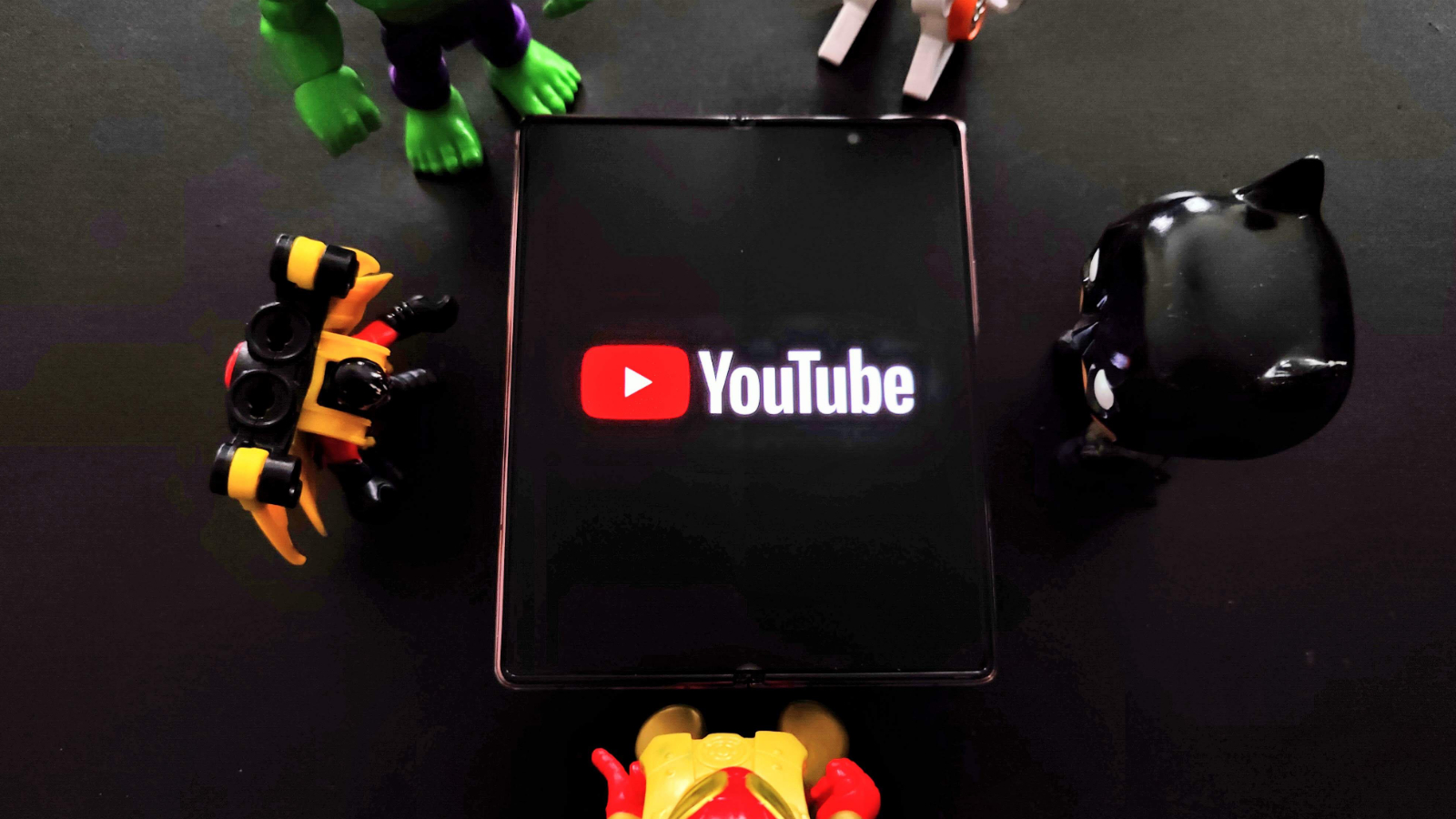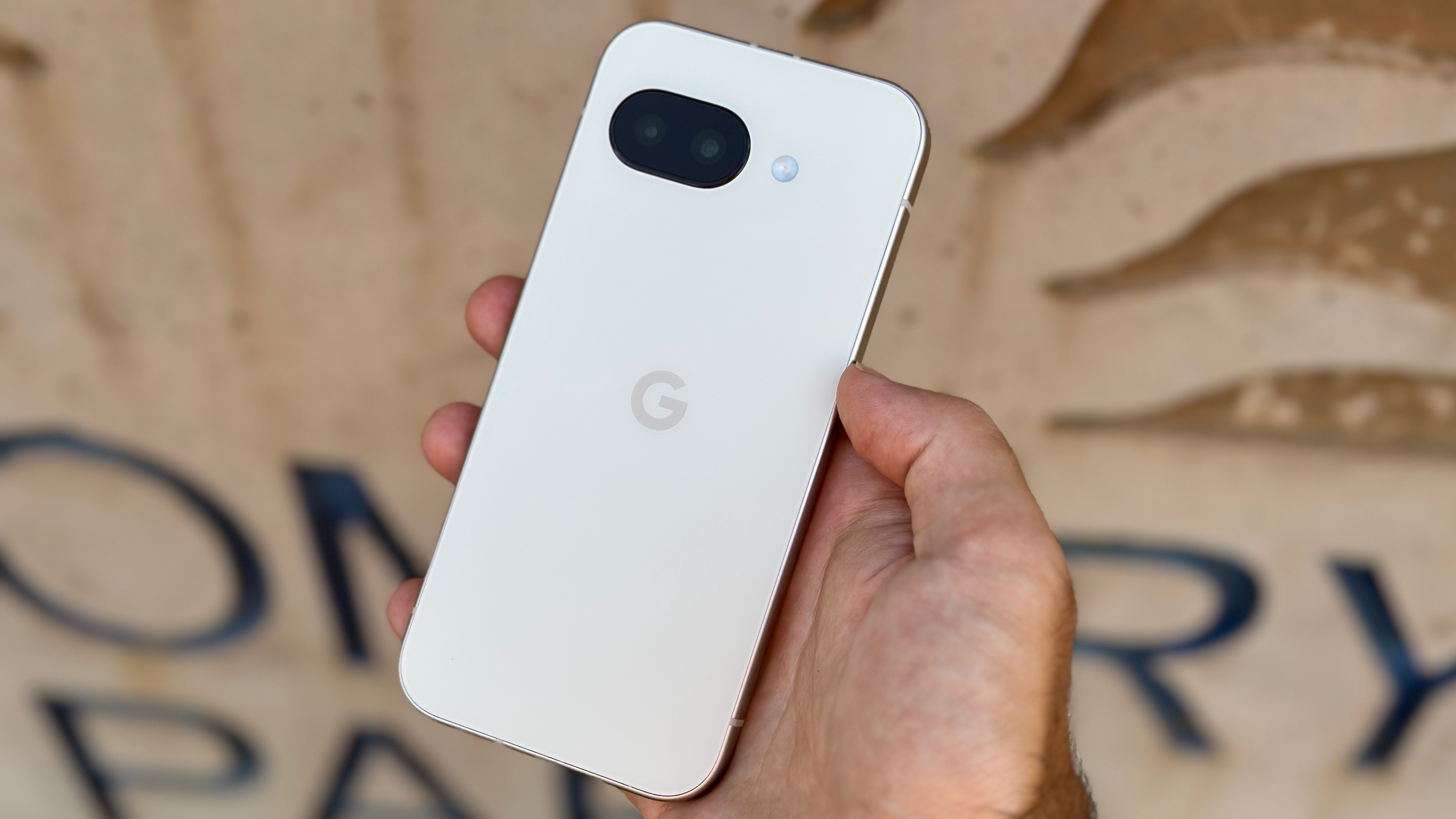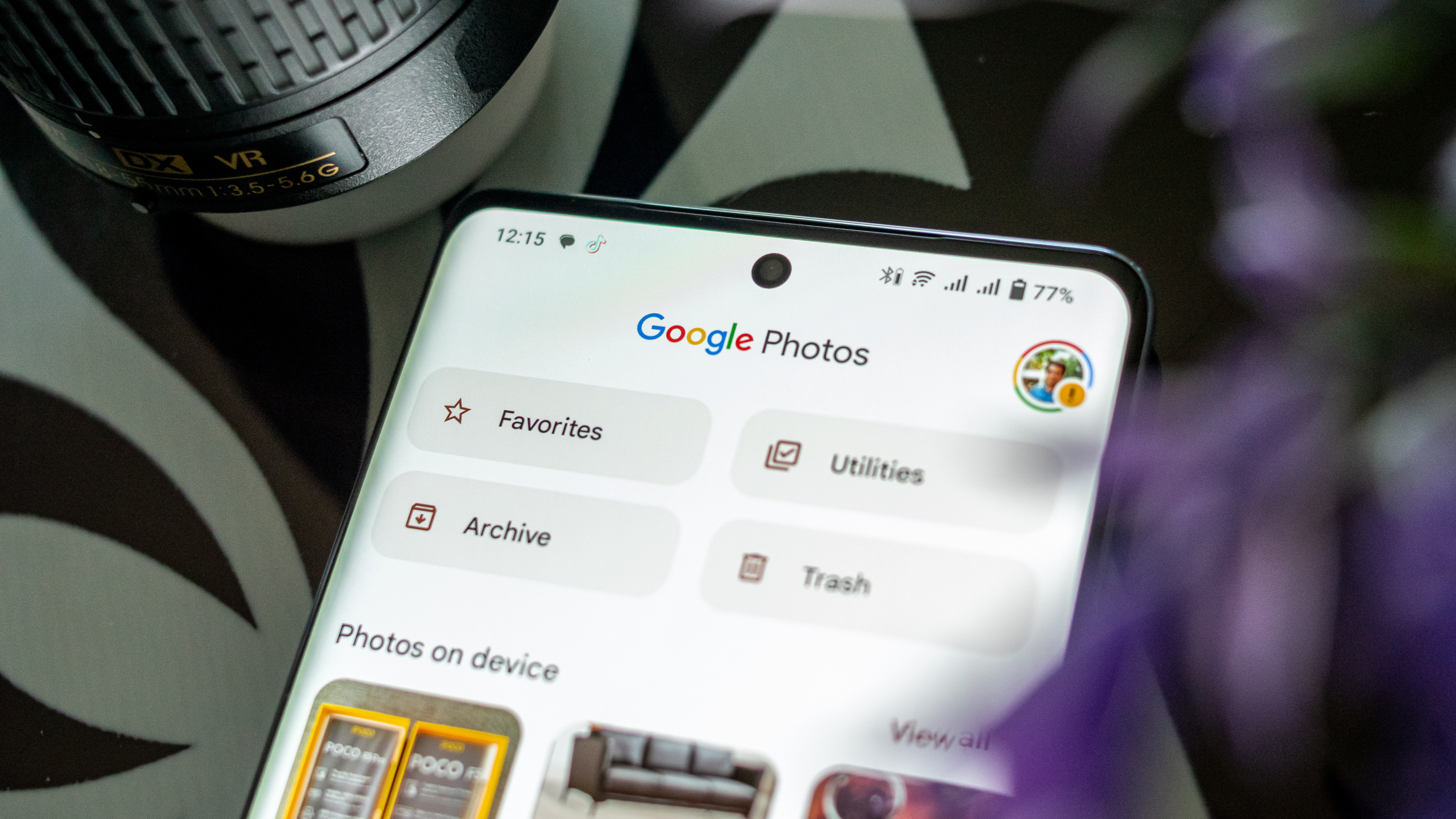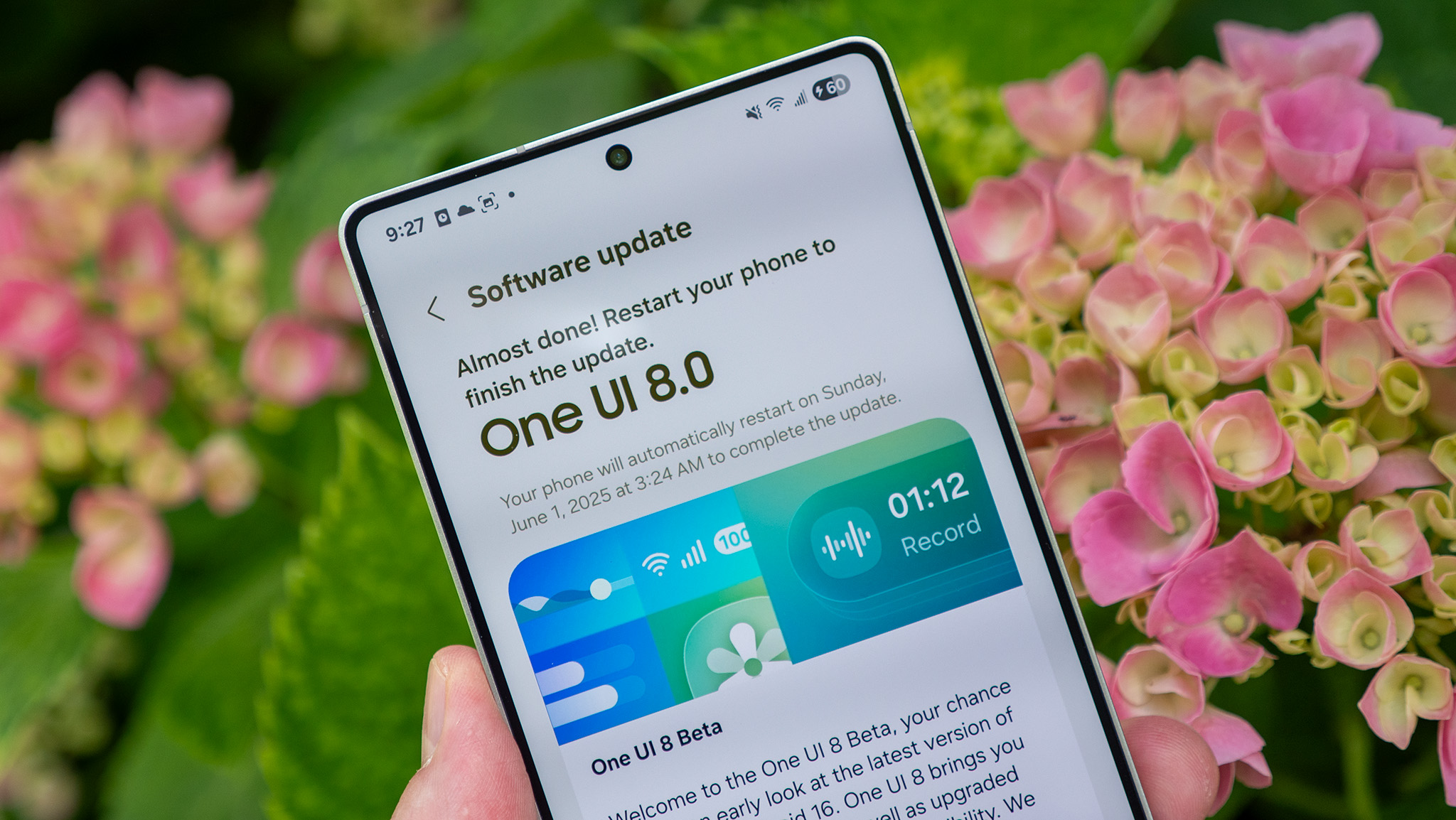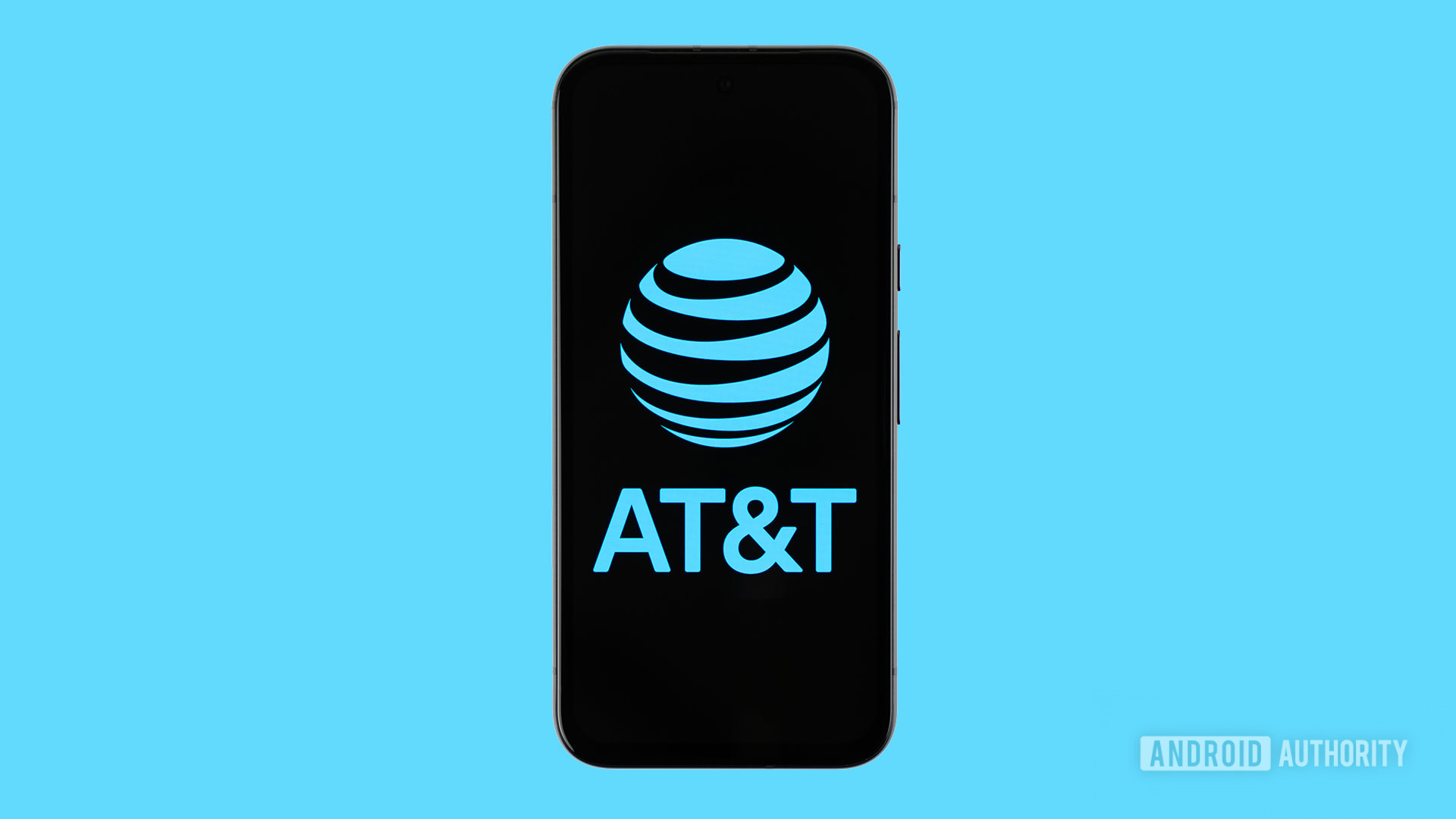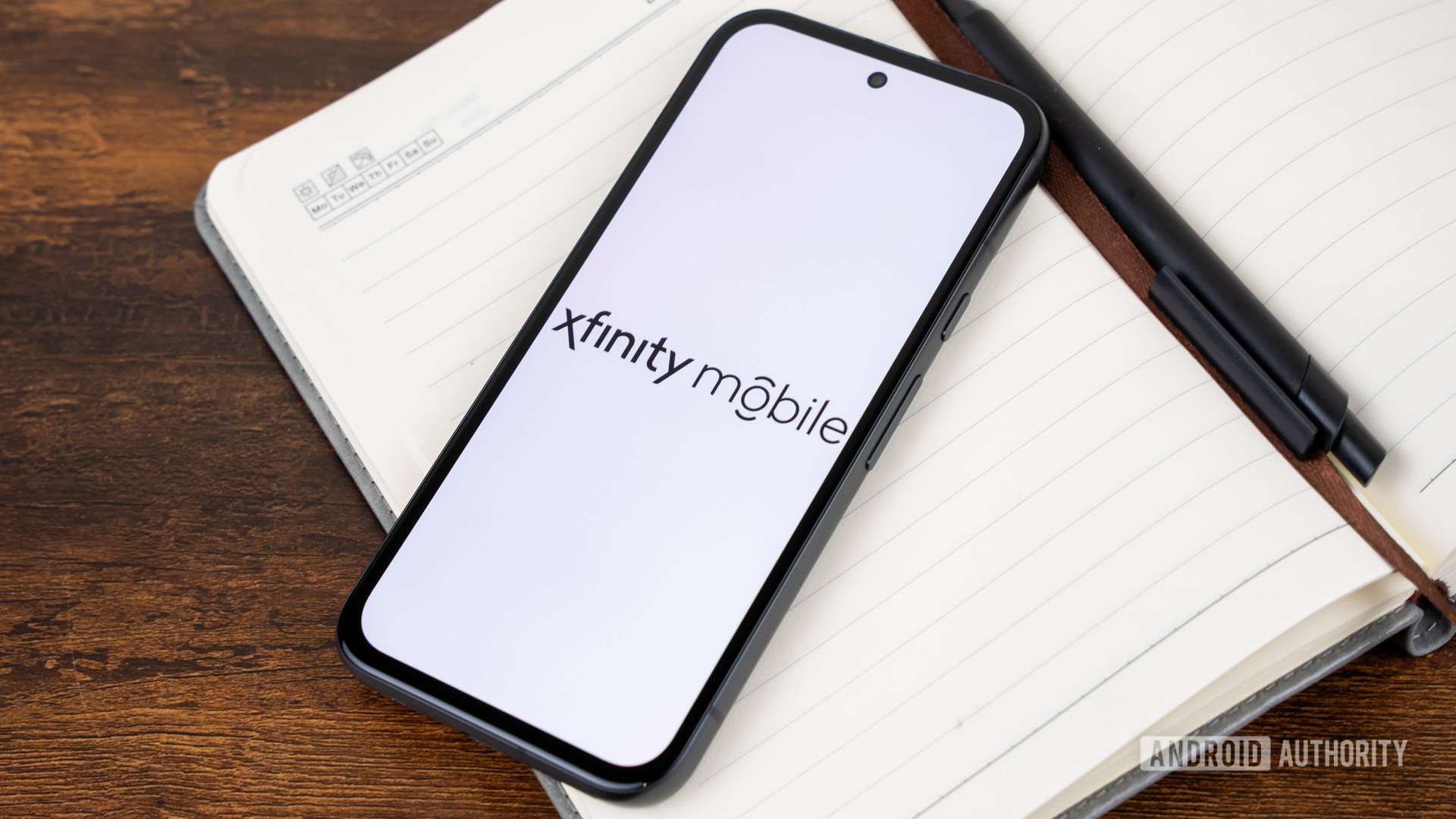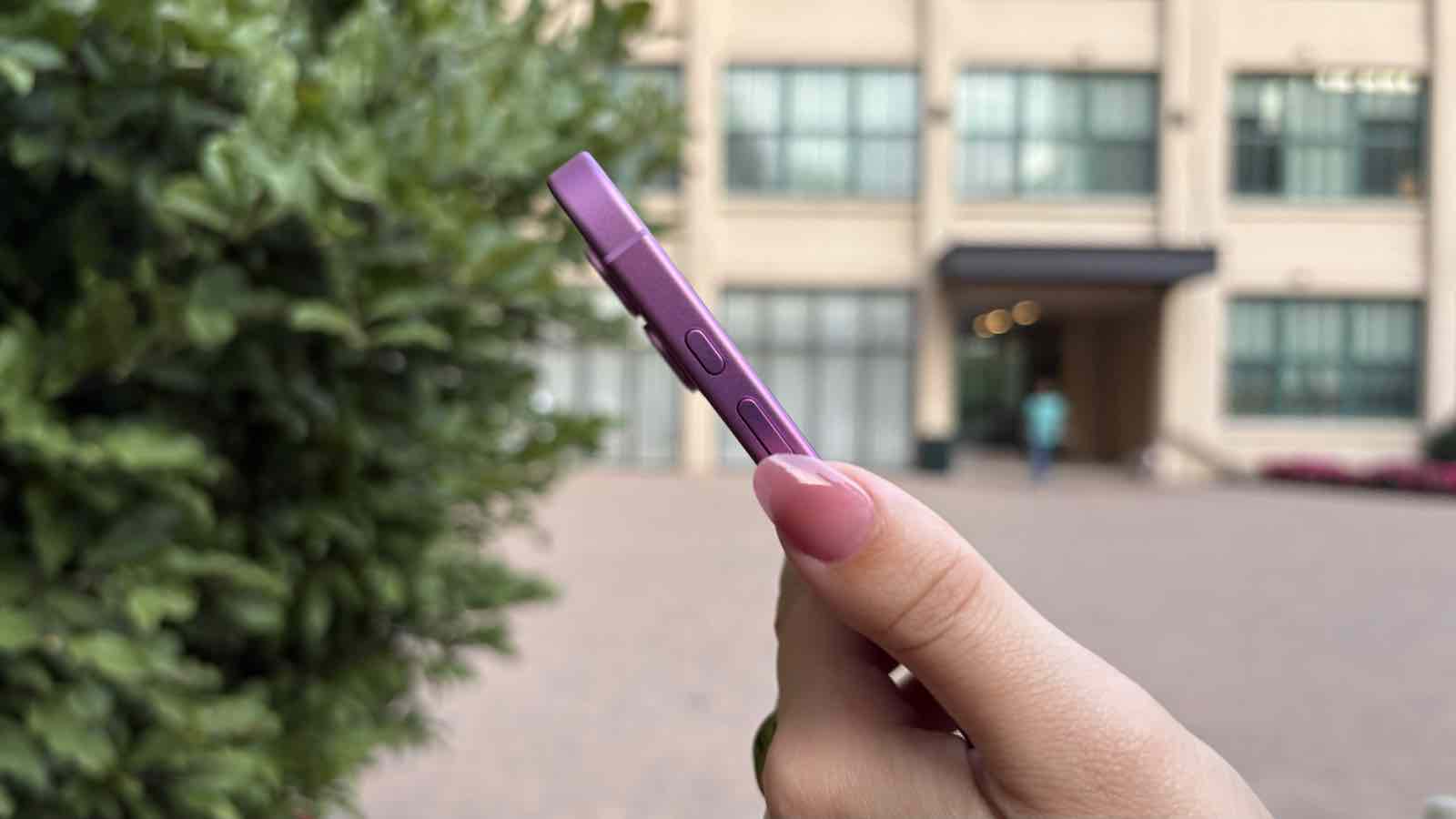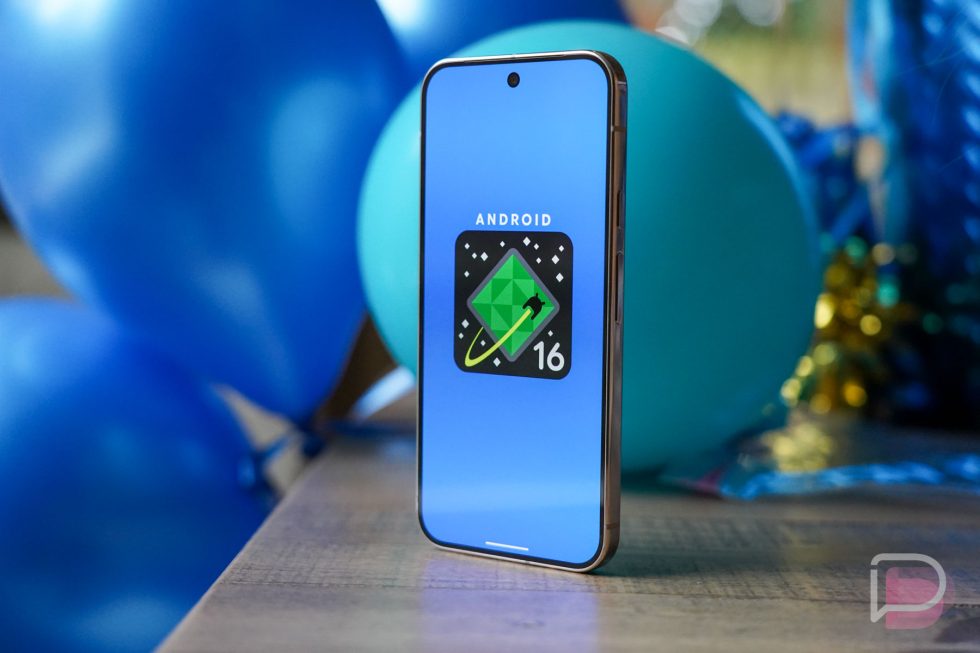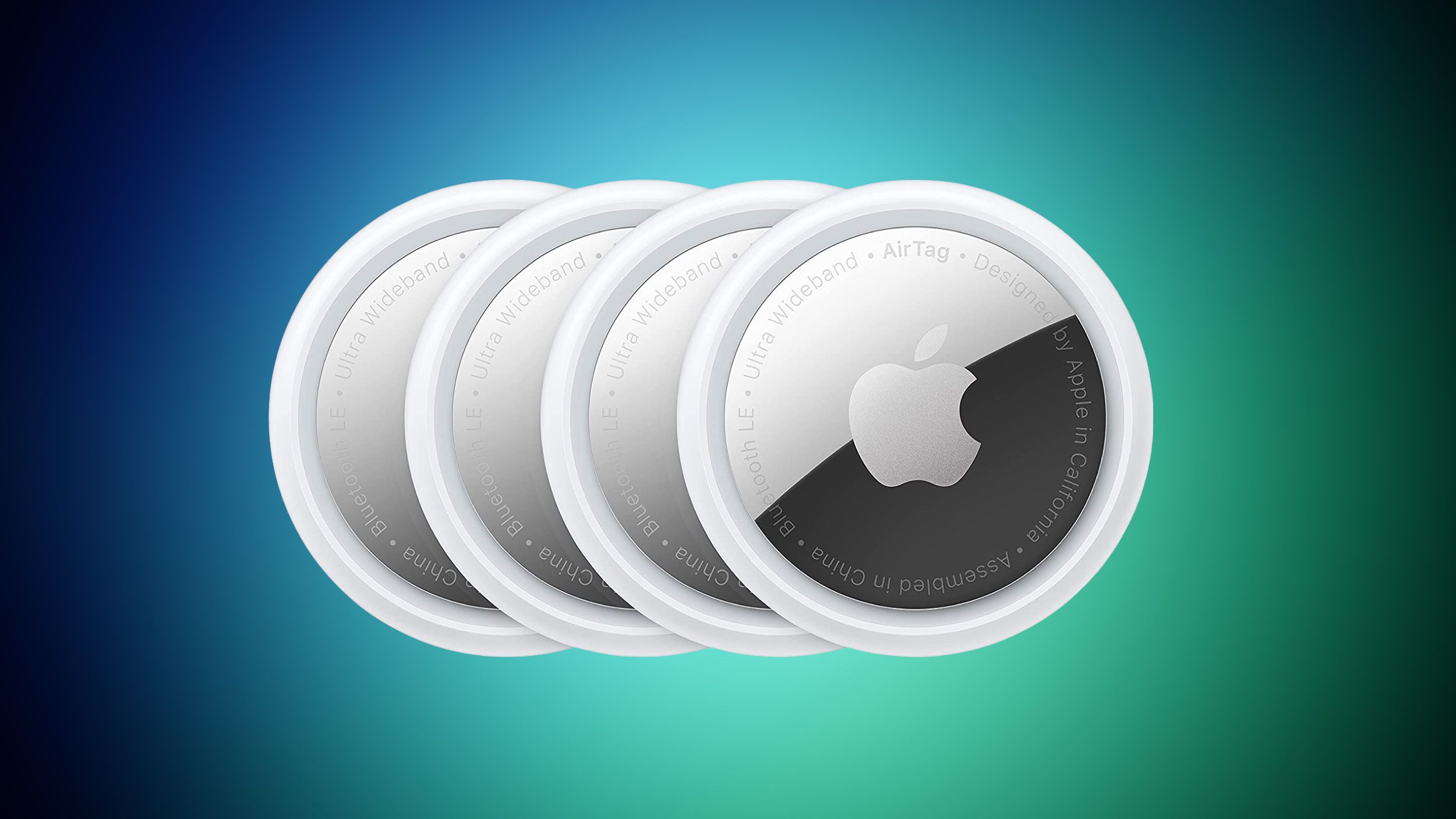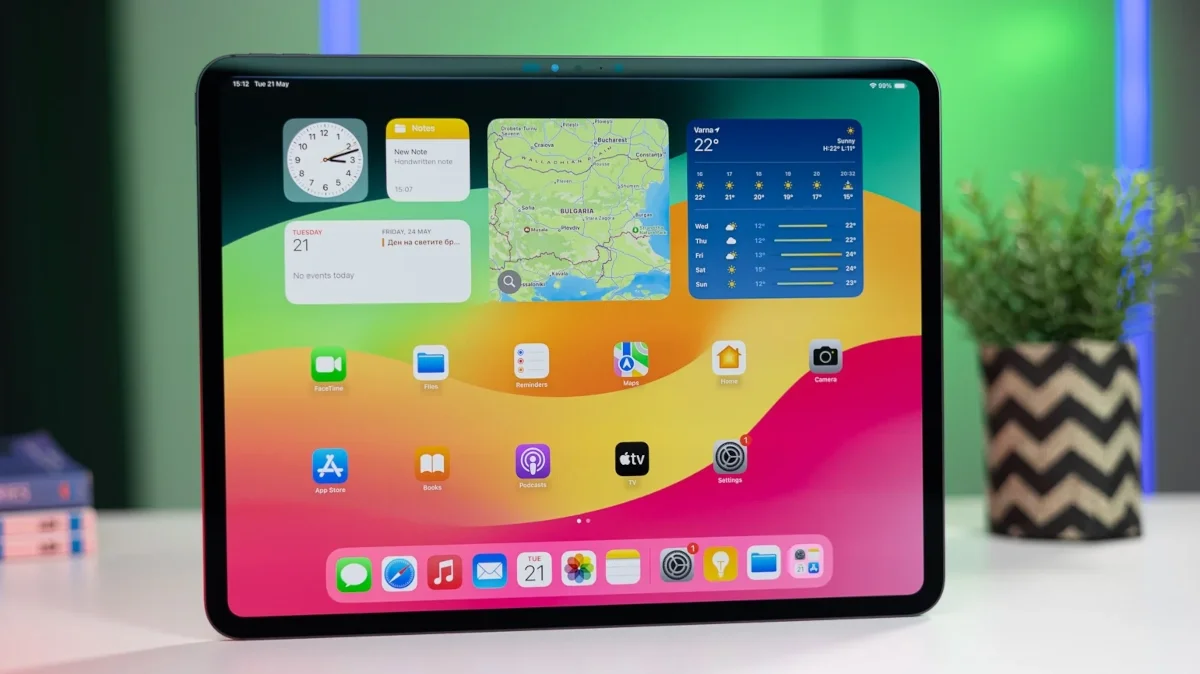From Phone Lines to Ethernet: An Introduction to Copper Cabling
Preamble: This space will be utilized to synthesize my notes and help improve my learning process while I study for the CompTIA Network+ N10-009 certification exam. Please follow along for more Network+ notes and feel free to ask any questions or, if I get something wrong, offer suggestions to correct any mistakes. Copper twisted pair cable is the most common type of wiring used for connecting devices to networks in offices. As a network professional, you will likely work with this type of cable every day. Knowing how twisted pair cable works will help you install and fix networks correctly. As you study this lesson, answer the following questions: Why are the wires inside twisted pair cables wound around each other? What's the difference between STP and UTP cables? How fast can different types of these cables transfer data, and how far can the signal travel clearly? How can you tell apart RJ11 and RJ45 connectors? What are coaxial and twinaxial cables used for? Unshielded Twisted Pair (UTP) Cable Twisted pair cable is a common type of copper wiring. It's been used for a long time for both traditional phone systems and computer networks. Inside a UTP cable, there are several pairs of wires. Each wire in a pair is covered in its own insulation, like a plastic coating, and the two wires in a pair are twisted around each other. This twisted pair forms what's called a balanced pair. This balanced pair carries the network signal. Think of it like sending the same message on two wires at the same time, but in opposite ways – one with a positive electrical charge and the other with a negative electrical charge. This opposite signaling helps the device receiving the signal to more clearly identify the actual message and ignore any unwanted electrical noise that might interfere with the signal. Finally, all the twisted pairs inside the cable are wrapped in an outer layer called an insulating outer jacket, which protects the wires. he wire pairs inside the cable aren't all twisted at the same tightness. They are twisted at different speeds or rates. This helps to further reduce two things that can mess with the network signal: External Interference: This is when outside electrical signals, like those from power lines or other devices, create noise on the network cable. Crosstalk: This happens because the wire pairs are close to each other inside the cable. Imagine two people whispering secrets next to each other, sometimes, one person's whisper can be heard by the other. Similarly, signals traveling in one wire pair can leak over and interfere with the signals in a nearby wire pair. Twisting the pairs at different rates helps to prevent this 'signal leakage'. Inside twisted pair cables, the actual wires that carry the electrical signals (called conductors) can be either solid or stranded: Solid Core Cables: These use a single, thicker piece of copper wire for each conductor. Think of it like one solid metal wire inside. Solid core cables are typically used for network wiring that is installed permanently, like the cables that run inside walls or through special pathways called ducts. Stranded Core Cables: These use multiple thin strands of copper wire that are wrapped around each other to form a single conductor. Imagine many very thin wires twisted together. This makes the cable much more flexible. Stranded core cables are used to make patch cords. These are the flexible cables you often see connecting computers to the network outlet in a wall, or connecting network switches to patch panels (which are like organized connection points for all the permanent cables). The thickness of the copper wires inside these network cables is measured using a standard called American Wire Gauge (AWG). Wire gauge is measured in a slightly confusing way: the bigger the AWG number, the thinner the wire. One important thing to know is that the signal carrying capability of stranded wire is not as strong over long distances as it is with solid wire. This weakening of the signal over distance is called attenuation. Stranded wires have higher attenuation, meaning the signal gets weaker faster as the cable gets longer. Because of this, stranded patch cords are generally recommended for shorter connections and should usually not be used for cable runs longer than about 5 meters (which is about 16 feet). The most common type of twisted pair cable you'll find in office networks is Unshielded Twisted Pair (UTP). Many new office buildings are often flood wired with UTP. Think of 'flood wiring' like this: during construction, network cables are run to almost every possible spot in the building where someone might need a phone or a computer connection in the future. This makes it easy to set up workstations later. Shielded and Screened Twisted Pair Cable Besides UTP, there are other types of twisted pair cables that have extra protection built in to help prevent interference and crosstalk. These are called shielded or s
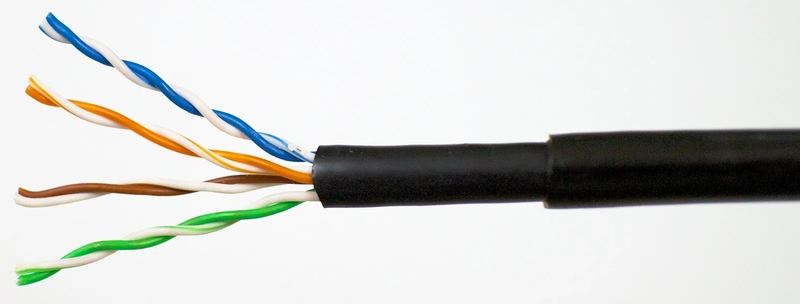
Preamble:
This space will be utilized to synthesize my notes and help improve my learning process while I study for the CompTIA Network+ N10-009 certification exam. Please follow along for more Network+ notes and feel free to ask any questions or, if I get something wrong, offer suggestions to correct any mistakes.
Copper twisted pair cable is the most common type of wiring used for connecting devices to networks in offices. As a network professional, you will likely work with this type of cable every day. Knowing how twisted pair cable works will help you install and fix networks correctly.
As you study this lesson, answer the following questions:
- Why are the wires inside twisted pair cables wound around each other?
- What's the difference between STP and UTP cables?
- How fast can different types of these cables transfer data, and how far can the signal travel clearly?
- How can you tell apart RJ11 and RJ45 connectors?
- What are coaxial and twinaxial cables used for?
Unshielded Twisted Pair (UTP) Cable
Twisted pair cable is a common type of copper wiring. It's been used for a long time for both traditional phone systems and computer networks. Inside a UTP cable, there are several pairs of wires. Each wire in a pair is covered in its own insulation, like a plastic coating, and the two wires in a pair are twisted around each other. This twisted pair forms what's called a balanced pair.
This balanced pair carries the network signal. Think of it like sending the same message on two wires at the same time, but in opposite ways – one with a positive electrical charge and the other with a negative electrical charge. This opposite signaling helps the device receiving the signal to more clearly identify the actual message and ignore any unwanted electrical noise that might interfere with the signal. Finally, all the twisted pairs inside the cable are wrapped in an outer layer called an insulating outer jacket, which protects the wires.
he wire pairs inside the cable aren't all twisted at the same tightness. They are twisted at different speeds or rates. This helps to further reduce two things that can mess with the network signal:
- External Interference: This is when outside electrical signals, like those from power lines or other devices, create noise on the network cable.
- Crosstalk: This happens because the wire pairs are close to each other inside the cable. Imagine two people whispering secrets next to each other, sometimes, one person's whisper can be heard by the other. Similarly, signals traveling in one wire pair can leak over and interfere with the signals in a nearby wire pair. Twisting the pairs at different rates helps to prevent this 'signal leakage'.
Inside twisted pair cables, the actual wires that carry the electrical signals (called conductors) can be either solid or stranded:
- Solid Core Cables: These use a single, thicker piece of copper wire for each conductor. Think of it like one solid metal wire inside. Solid core cables are typically used for network wiring that is installed permanently, like the cables that run inside walls or through special pathways called ducts.
- Stranded Core Cables: These use multiple thin strands of copper wire that are wrapped around each other to form a single conductor. Imagine many very thin wires twisted together. This makes the cable much more flexible. Stranded core cables are used to make patch cords. These are the flexible cables you often see connecting computers to the network outlet in a wall, or connecting network switches to patch panels (which are like organized connection points for all the permanent cables).
The thickness of the copper wires inside these network cables is measured using a standard called American Wire Gauge (AWG). Wire gauge is measured in a slightly confusing way: the bigger the AWG number, the thinner the wire. One important thing to know is that the signal carrying capability of stranded wire is not as strong over long distances as it is with solid wire. This weakening of the signal over distance is called attenuation. Stranded wires have higher attenuation, meaning the signal gets weaker faster as the cable gets longer. Because of this, stranded patch cords are generally recommended for shorter connections and should usually not be used for cable runs longer than about 5 meters (which is about 16 feet).
The most common type of twisted pair cable you'll find in office networks is Unshielded Twisted Pair (UTP). Many new office buildings are often flood wired with UTP. Think of 'flood wiring' like this: during construction, network cables are run to almost every possible spot in the building where someone might need a phone or a computer connection in the future. This makes it easy to set up workstations later.
Shielded and Screened Twisted Pair Cable
Besides UTP, there are other types of twisted pair cables that have extra protection built in to help prevent interference and crosstalk. These are called shielded or screened cables. They are less likely to have their signals disrupted by outside electrical noise or interference from other cables.
Using shielded or screened cables is sometimes necessary for certain faster types of network connections or “Ethernet standards”. They are also often required in places where there's a lot of electrical noise in the air, such as near things like electric motors, generators, or fluorescent lights.
While the general term for shielded cable is Shielded Twisted Pair (STP), there are a few different ways this shielding is done:
- Screened Cable: Imagine wrapping all the wire pairs inside the cable with a single layer of thin aluminum foil. This type of cable is often called Screened Twisted Pair (ScTP), Foiled/Unshielded Twisted Pair (F/UTP), or sometimes just Foiled Twisted Pair (FTP). The 'foiled' part refers to that outer foil shield.
- Fully Shielded Cabling: This has even more protection. Not only is there a braided metal shield around all the pairs, but each individual pair of wires is also wrapped in its own foil shield. This type is called Shielded/Foiled Twisted Pair (S/FTP). There are also versions that just have a foil wrap around all the pairs in addition to the foil around each individual pair (F/FTP).
U/FTP Cable: This type has the individual wire pairs wrapped in foil, but there's no outer shield around all the pairs together. The 'U' at the beginning usually means 'Unshielded' overall, even though the pairs themselves are shielded.

All images from https://www.universalnetworks.co.uk/faq/what-does-utp-s-utp-ftp-stp-and-sftp-mean/
Older STP Cables: In the past, installing STP cables could be tricky because each of these shields had to be manually connected to the building's grounding system. But, newer types like F/UTP and S/FTP, when used with the right connectors and patch panels (those organized connection points), have made this easier. The grounding is now often built into the design of these components."
Cat Cable Standards
To make it easier to choose the right kind of twisted pair cable, organizations like the American National Standards Institute (ANSI) and the Telecommunications Industry Association (TIA)/Electronic Industries Alliance (EIA) have created simple categories or standards for cable quality. These categories, along with the best ways to set up telecommunications wiring, are written down in a document called the ANSI/TIA/EIA 568 Commercial Building Telecommunications Cabling Standards. There's also a similar set of standards from another international group called ISO (ISO/IEC 11801). The ISO standards talk about categories for the different parts of the wiring and classes for the complete, permanent connections (including both the cable and the ends that connect to devices).
Twisted Pair Connector Types
Twisted pair copper cables use Register Jack (RJ) connectors to plug into devices. There are many different kinds of RJ connectors, and they are usually identified by numbers (and sometimes letters). Some of these connectors look different from each other, while others might look the same but have the wires inside connected in different ways for different uses. The two most common connectors you'll see are RJ45 and RJ11.
RJ45 Connectors
RJ45 connectors are used with copper cables that have 4 pairs of wires inside. These connectors are also sometimes called 8P8C, which is short for "8-position/8-contact." This means there are 8 places where a wire can go ("positions") and all 8 of these places have a metal piece ("contact") so they can carry a signal if necessary. RJ45 connectors are the standard for Ethernet network cables (the kind that connect your computer to a wired network).
RJ11 Connectors
The RJ11 connector is smaller than the RJ45 and is used with copper cables that have 2 pairs of wires inside. An RJ11 connector has space for 6 wires ("six positions"), but usually only the middle two are actually connected ("2-contact," or 6P2C). In a standard telephone system, this single pair of wires carries the sound of your voice and the dial tone. These two wires are sometimes called the "Tip" and "Ring" wires, which comes from how older phone plugs were wired. The other pair of wires in an RJ11 connector is usually not used but could be used for a second phone line. RJ11 connectors are mainly used for connecting telephones and older analog modems to phone wall jacks.
There are other connectors that look physically the same size as RJ11 (meaning they also have 6 positions), but they are wired to use more of the wire pairs inside the cable. For example, RJ14 uses 4 contacts (6P4C), and RJ25 uses all 6 contacts (6P6C).
Plenum and Riser-Rated Cable
When you're picking out copper network cables, you need to think about things like what category of cable it is, whether it's shielded or unshielded, and if it should be solid or stranded. Another important thing to consider is that how you install the cables might need to follow national or local building safety rules.
One such rule has to do with plenum spaces. A plenum space is an open area in a building that's designed to move air for the heating, cooling, and ventilation (HVAC) system. These spaces are often the area above a drop ceiling or under a raised floor. Because it's easy to run wires there, these spaces are sometimes used for network cables. However, plenum spaces can also easily spread fire because there's a lot of airflow and no barriers like walls or doors to stop flames. They might also get hotter if they're used for heating. Because of this, building codes say that if you run network cables in a plenum space, you must use special plenum-rated cable. This type of cable is designed not to produce a lot of smoke when it burns, to put itself out if it catches fire, and to meet other strict fire safety rules.
Regular network cables (that are not plenum-rated) usually have a covering (called a jacket) and insulation made of a material called PVC (polyvinyl chloride). Plenum-rated cables use different materials, like treated PVC or FEP (fluorinated ethylene propylene). These materials might make the cable a little less flexible, but they don't affect how fast data can travel through the cable. In the U.S., if a network cable is plenum-rated according to the National Electrical Code (NEC), it will be marked CMP. Regular, non-plenum cables are usually marked CMG or CM.
If you're running cables between different floors of a building, this is called a riser installation. The pathways (like pipes or conduits) for riser cables need to be fire stopped, which means you need to seal any openings so that fire can't travel from one floor to another through the cable pathway. Riser cables, whether they're in conduits or in spaces like elevator shafts, also need to meet certain fire safety standards. These rules are similar to those for plenum spaces but usually not quite as strict. In the U.S., data cables that are riser-rated under the NEC are marked CMR.
You can use plenum-rated cables anywhere you would use riser-rated cables, but you should never use riser-rated cables in a plenum space. Both plenum and riser cables often have a strong string or fiber inside them to help support their weight when they are installed going up and down.
Coaxial and Twinaxial Cable and Connectors
Coax cable is a different type of copper cable that has two wires inside that run along the same center. The main wire in the middle is made of either solid or stranded copper and is covered by a layer of plastic. Around this plastic layer, there's a mesh of wires that acts as a second wire and also helps to shield the main signal from outside electrical noise.
Coax cables are often identified using RG numbers (like RG6 or RG59). These numbers tell you about the thickness of the center wire and another electrical property called impedance.
- RG6 cable is a thicker wire (18 AWG) with a 75 ohm impedance. It's commonly used as the cable that brings television signals into your home (CATV) and for connecting broadband internet modems.
- RG59 cable is thinner and more flexible. It's often used for audio and video connections and for closed-circuit security cameras (CCTV).
To connect coax cables to devices, you might see two main types of connectors:
- BNC connectors have a "twist-and-lock" mechanism to secure the connection.
- F-type connectors are the kind you screw onto a connection.

BNC connector on the left and F-type connector on the right.
Twinax cable is similar to coax, but instead of just one inner wire, it has two. Twinax cables are used for very high-speed connections in data centers, often to connect different pieces of equipment. They are used for technologies like 10 GbE (which is sometimes called 10GBASE-CR) and 40 GbE (40GBASE-CR4). These cables have a limited maximum length – about 5 meters for simpler ("passive") types and up to 10 meters for more advanced ("active") types. Twinax cables for these high-speed connections use special connectors called Direct Attach Copper (DAC) transceivers. These transceivers look like modules that plug into network switches, routers, and servers.
Twisted pair copper cabling comes in various forms, each with its own characteristics and uses. From the common UTP in offices to the shielded types for noisy environments, and even the specialized coax and twinax, understanding these basics is a crucial first step in your networking journey. Remember the importance of connectors like RJ45 and RJ11, and always keep building safety in mind with plenum and riser-rated cables. Keep exploring, and you'll find that these fundamental concepts will serve as a solid foundation for all your future networking knowledge!




















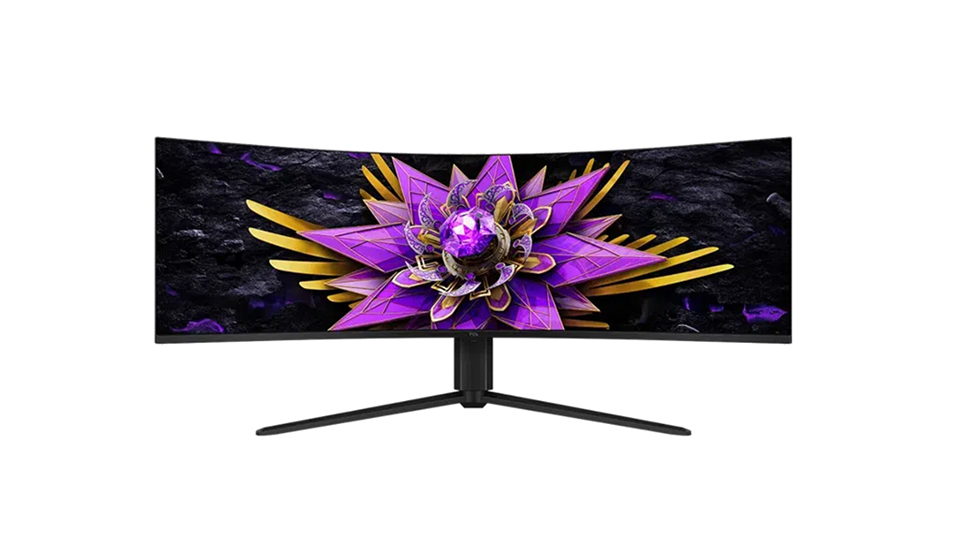

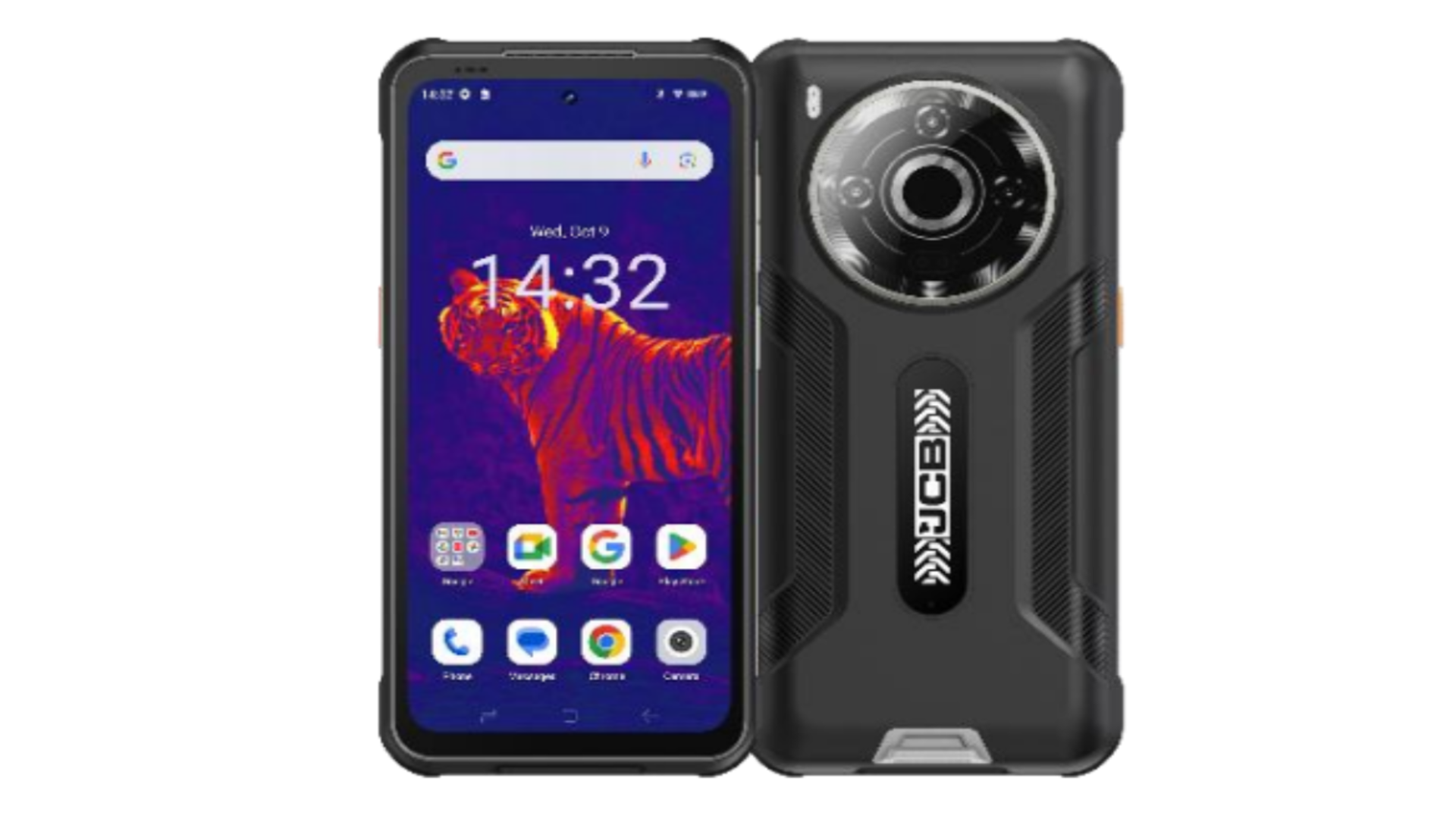






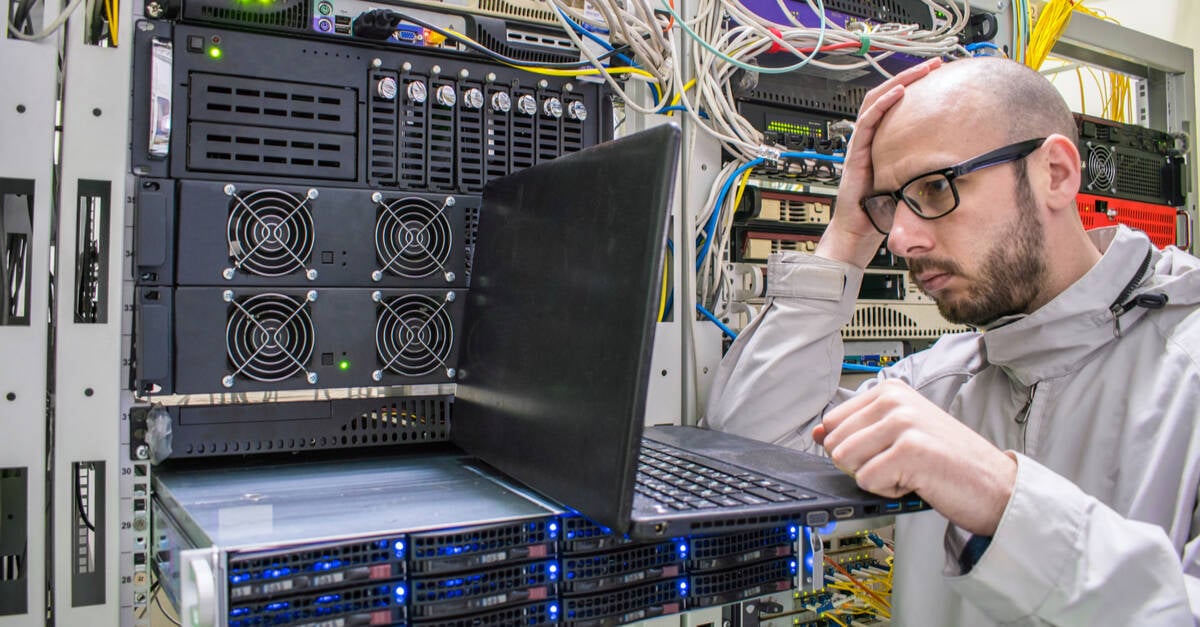






































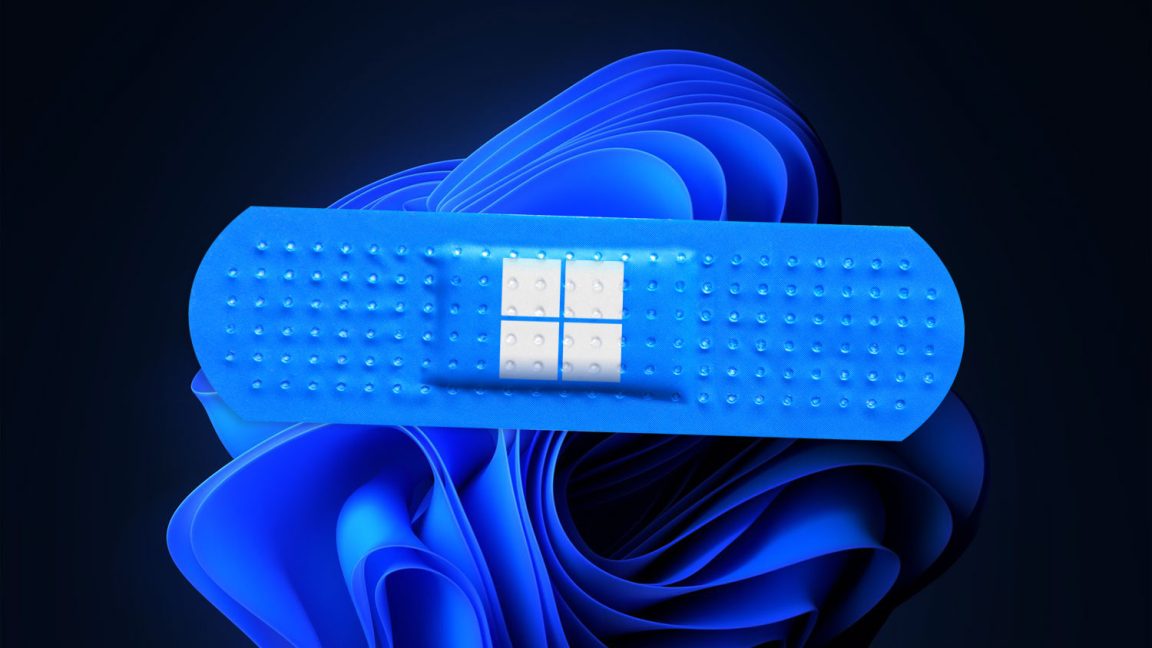


















































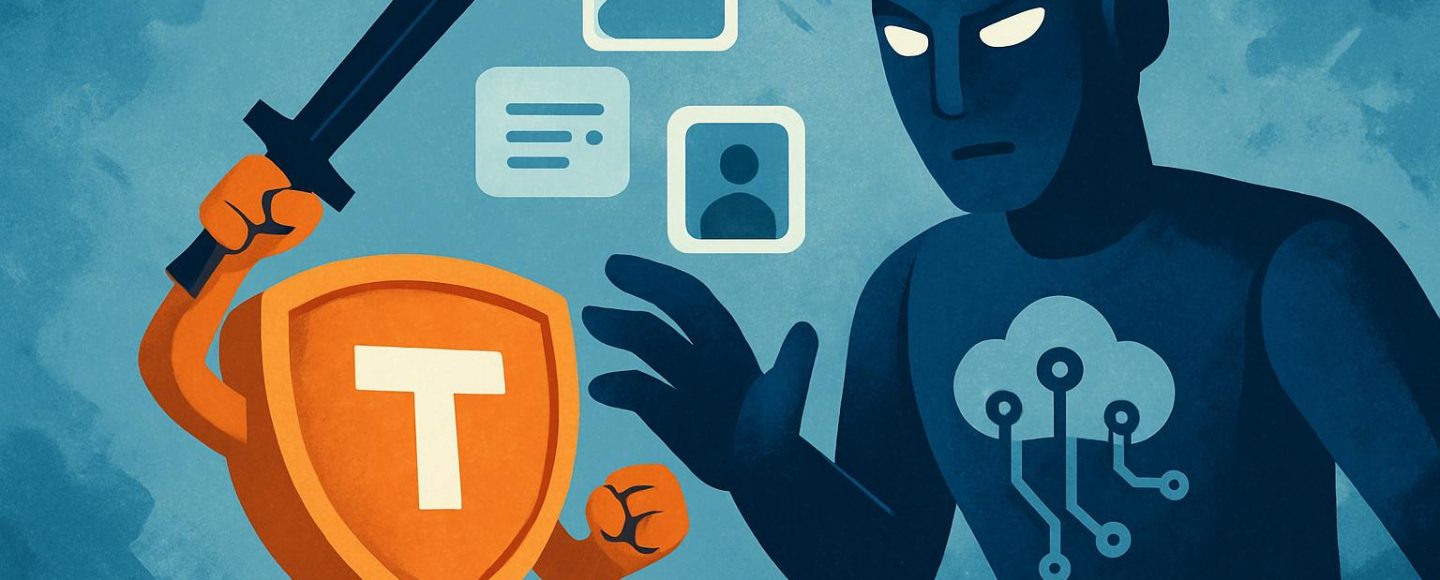






















































![[The AI Show Episode 156]: AI Answers - Data Privacy, AI Roadmaps, Regulated Industries, Selling AI to the C-Suite & Change Management](https://www.marketingaiinstitute.com/hubfs/ep%20156%20cover.png)
![[The AI Show Episode 155]: The New Jobs AI Will Create, Amazon CEO: AI Will Cut Jobs, Your Brain on ChatGPT, Possible OpenAI-Microsoft Breakup & Veo 3 IP Issues](https://www.marketingaiinstitute.com/hubfs/ep%20155%20cover.png)

























































































































![Rust VS Go VS TypeScript – which back end language is for you? With Tai Groot [Podcast #176]](https://cdn.hashnode.com/res/hashnode/image/upload/v1750974265013/73f79068-0087-4c39-8a8b-feea8cac873b.png?#)
















































































































.jpg?width=1920&height=1920&fit=bounds&quality=70&format=jpg&auto=webp#)
























